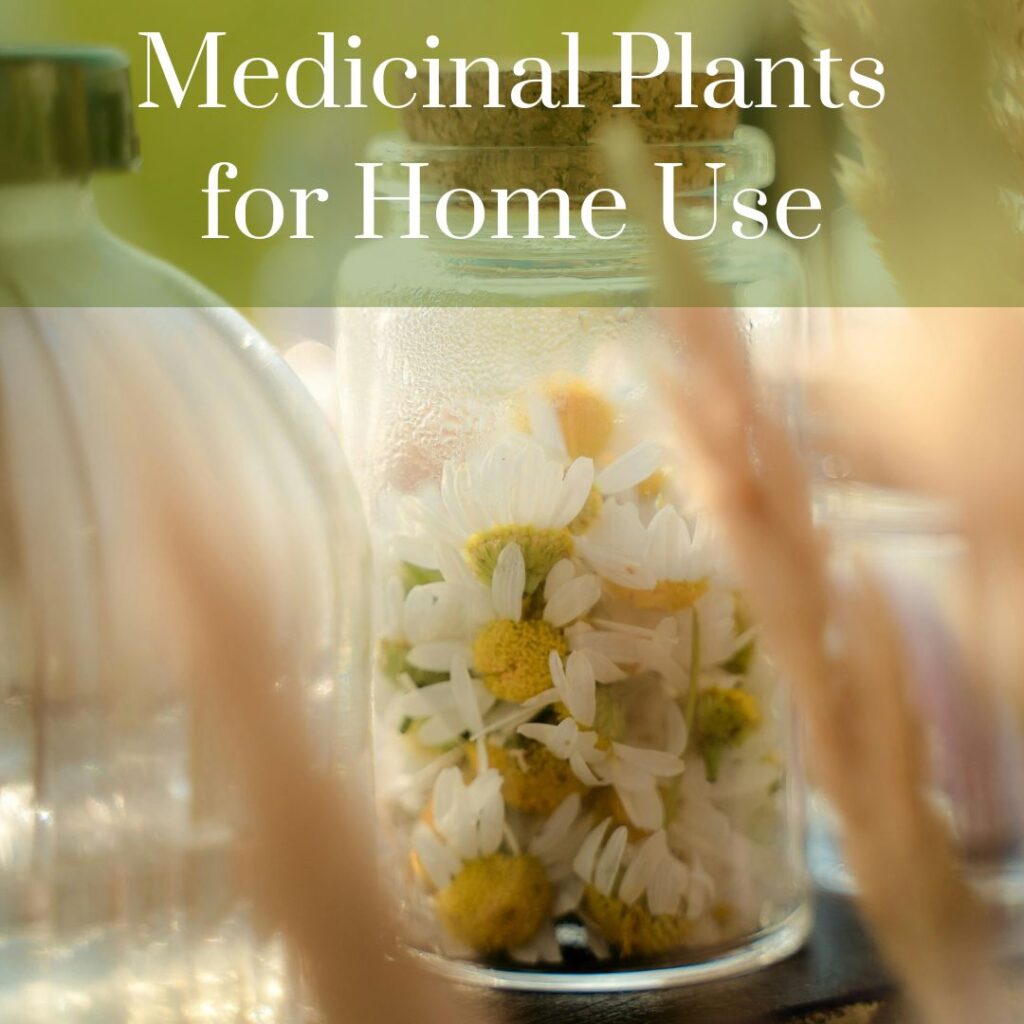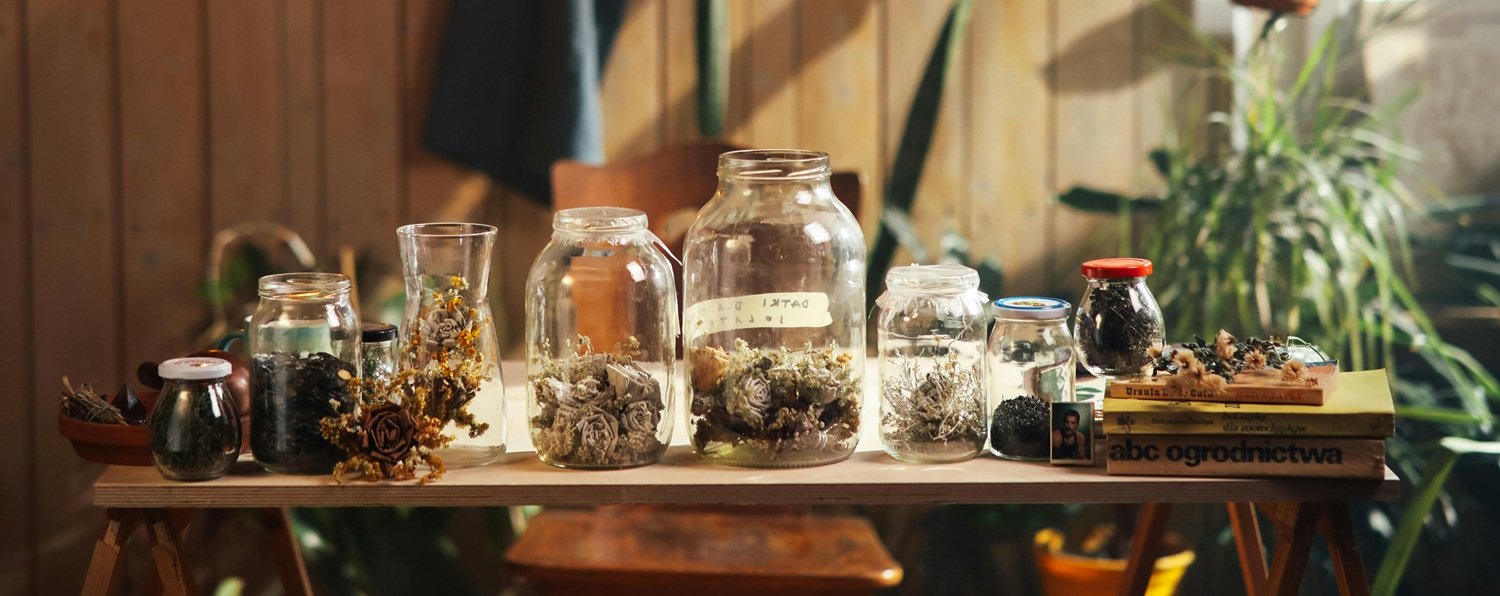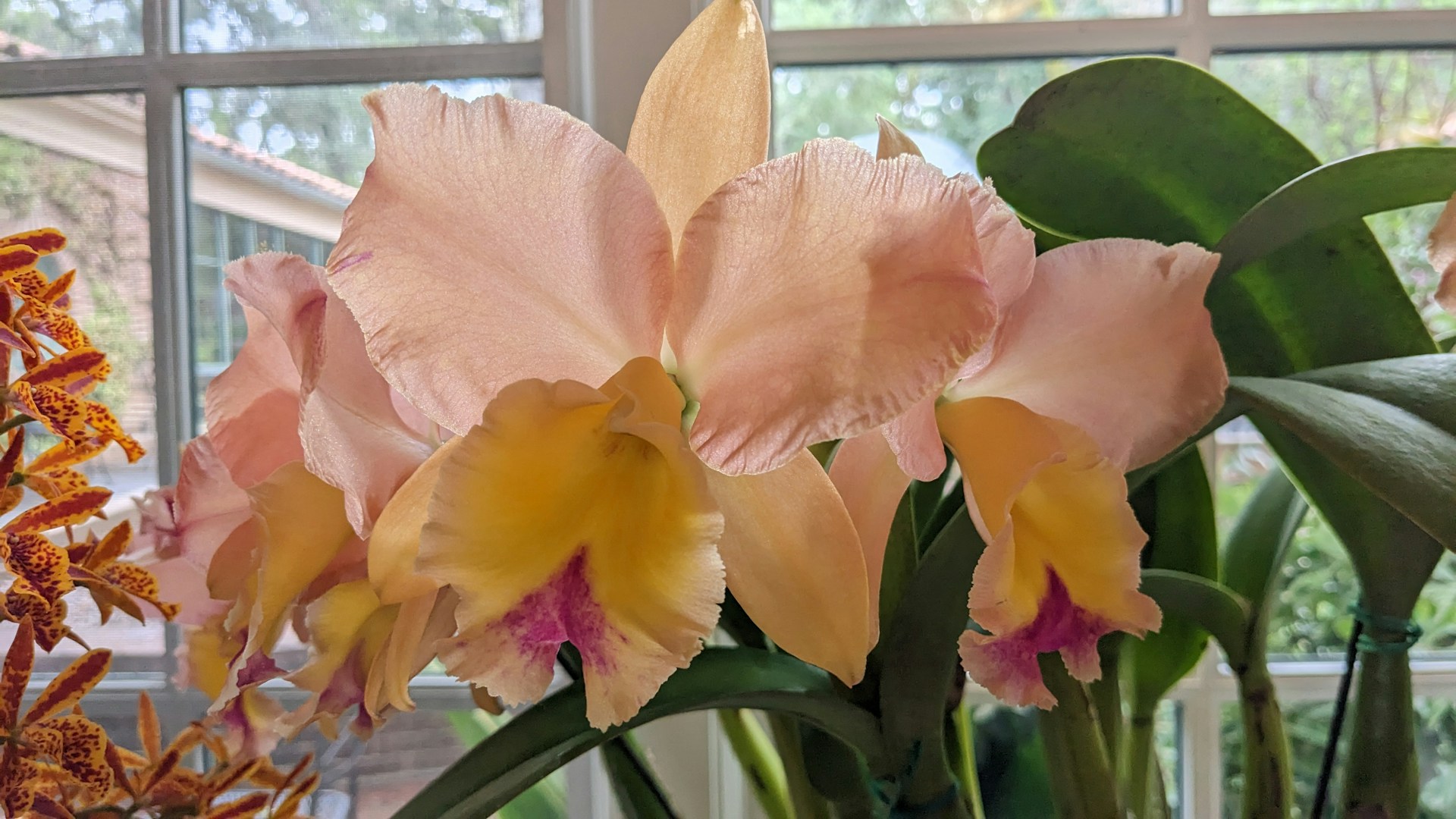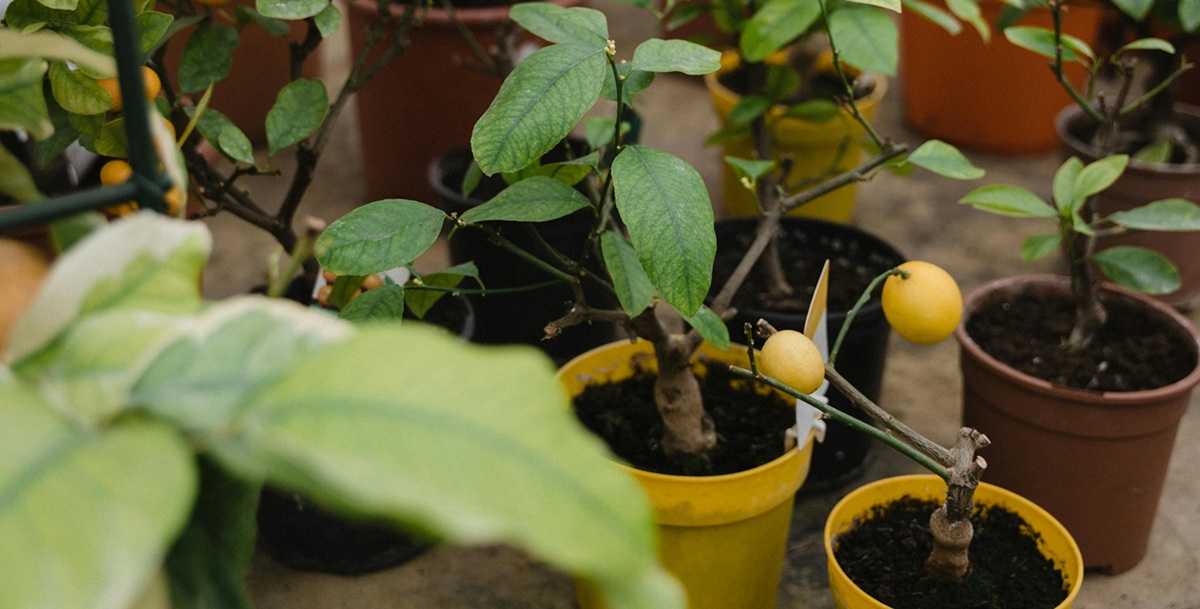Imagine stepping outside into your garden and gathering ingredients for your next cup of tea or a salve for a minor scrape—all grown by you. Creating a backyard (or lanai!) herbal apothecary is a rewarding way to reconnect with the healing power of plants. Medicinal herb gardening combines practical self-sufficiency with beauty, fragrance, and the joy of working with nature. You can grow herbs in raised beds, in pots on a sunny windowsill, or on a large farm—space doesn’t have to be an issue, there’s a healing plant for every space.
In this guide, we’ll explore beginner-friendly herbs like calendula, chamomile, lemon balm, yarrow, echinacea, turmeric, and mamaki—how to grow them, what they’re good for, and how to start creating your own home remedies. I’ll also include a short list of other herbs to consider and touch on special considerations for Hawaii’s unique climate zones.
Getting Started with Your Herbal Apothecary
Before planting, consider:
Sunlight & Space: Most herbs like at least 6 hours of sun per day. Use pots if you’re short on space or want to move plants around. In hotter climates, many herbs benefit from afternoon shade.
Soil: Well-draining soil is essential. In rainy areas, raised beds or containers with good drainage help avoid root rot.
Watering Needs: Some herbs prefer consistently moist soil (like chamomile); others need to dry out a bit (like echinacea).
Growing Zone: Hawaii’s climate is ideal for many tropical and temperate herbs—but always check if the herb prefers dry, hot sun or cooler mountain air. No matter where you live, there are a variety of herbs you can grow, check your USDA growing zone to help determine which herbs will do best for you.
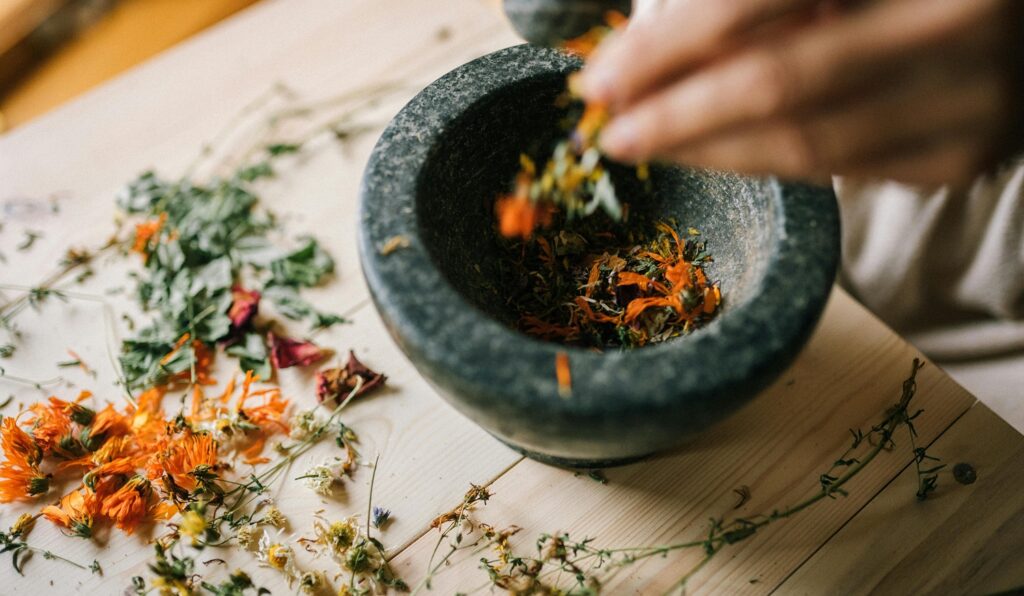
Beginner-Friendly Herbs to Consider
Calendula (Calendula officinalis)
Uses: Skin healing, anti-inflammatory, antifungal. Often used in salves, teas, and tinctures.
Growing Tips: Easy to grow from seed. Loves sun. Deadhead flowers regularly to prolong blooming.
Harvesting: Pick flowers when fully open and dry for later use.
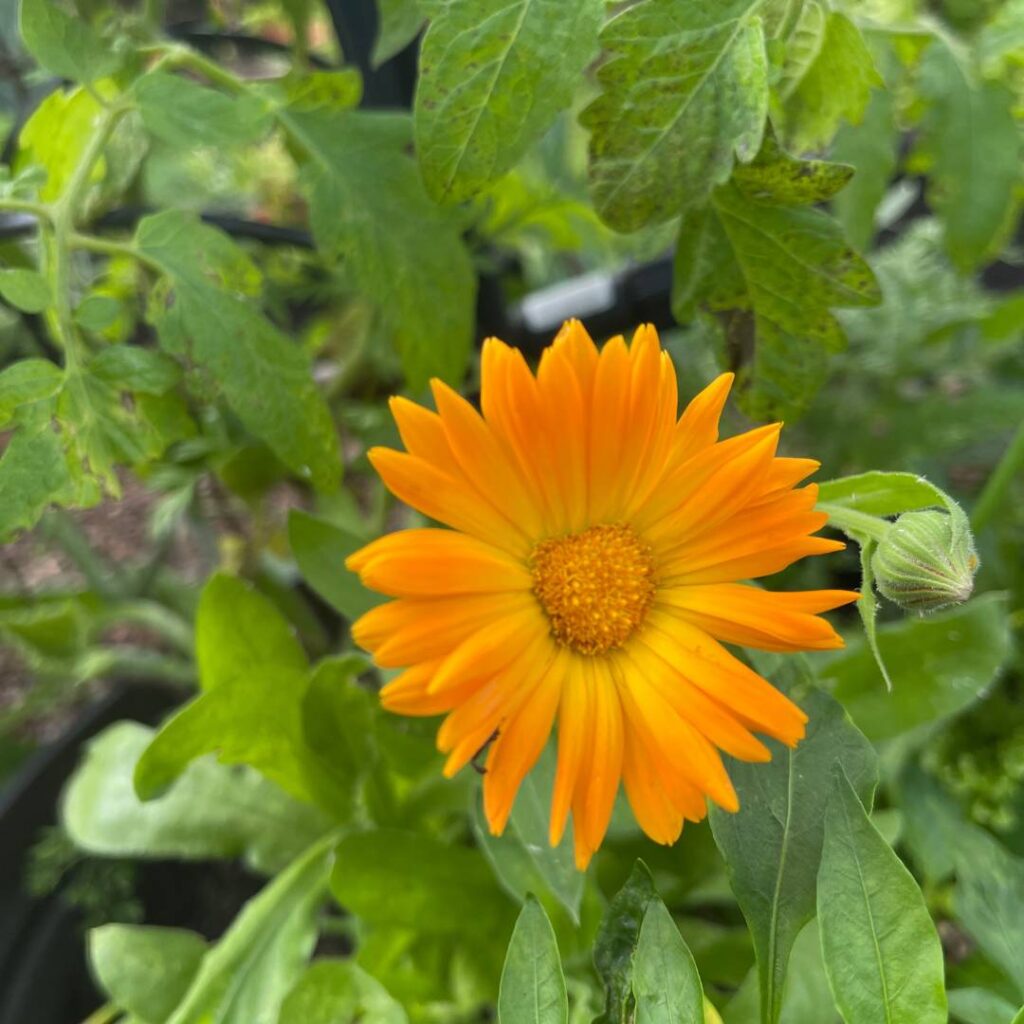
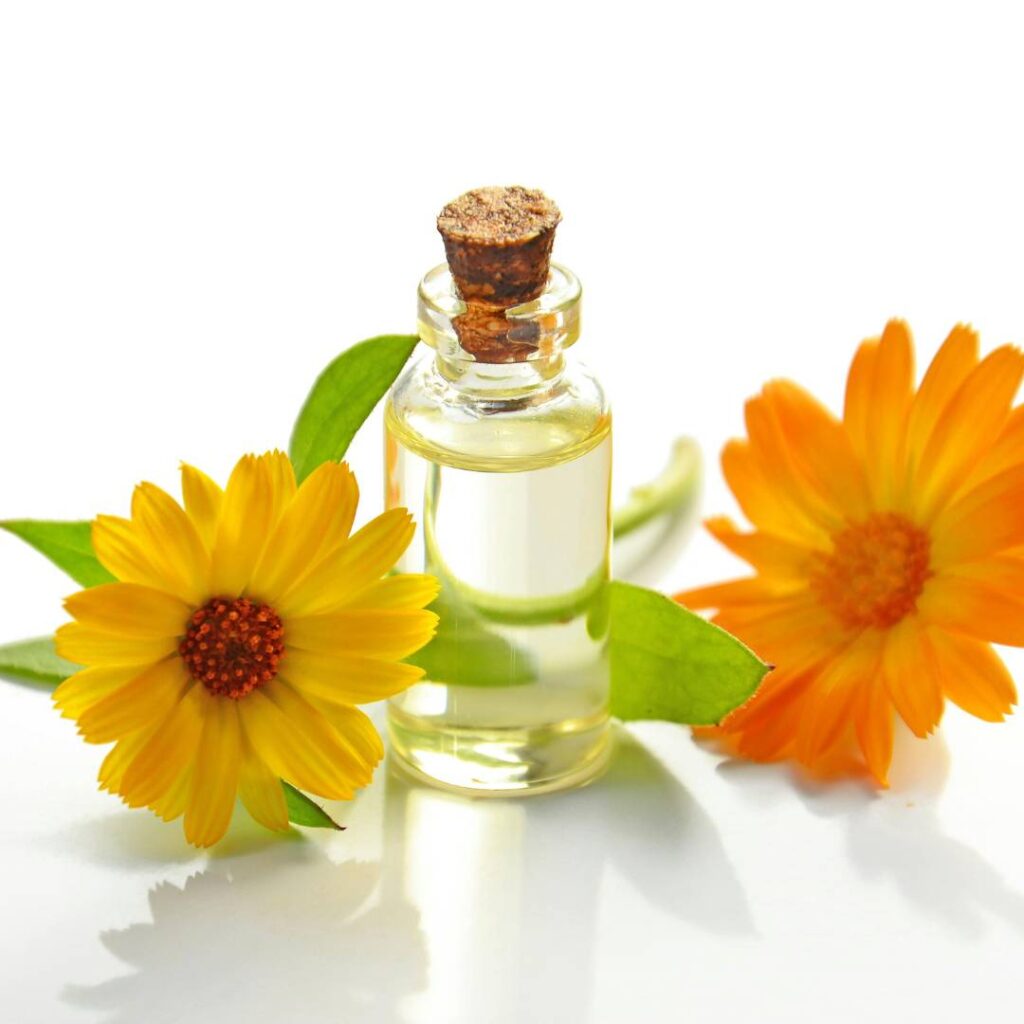
Chamomile (Matricaria chamomilla or Chamaemelum nobile)
Uses: Calming tea for sleep, digestive aid, anti-inflammatory properties.
Growing Tips: Prefers cooler climates and full sun. German chamomile is annual; Roman chamomile is a low-growing perennial.
Harvesting: Pick flower heads when fully open and dry for tea or oil infusions.
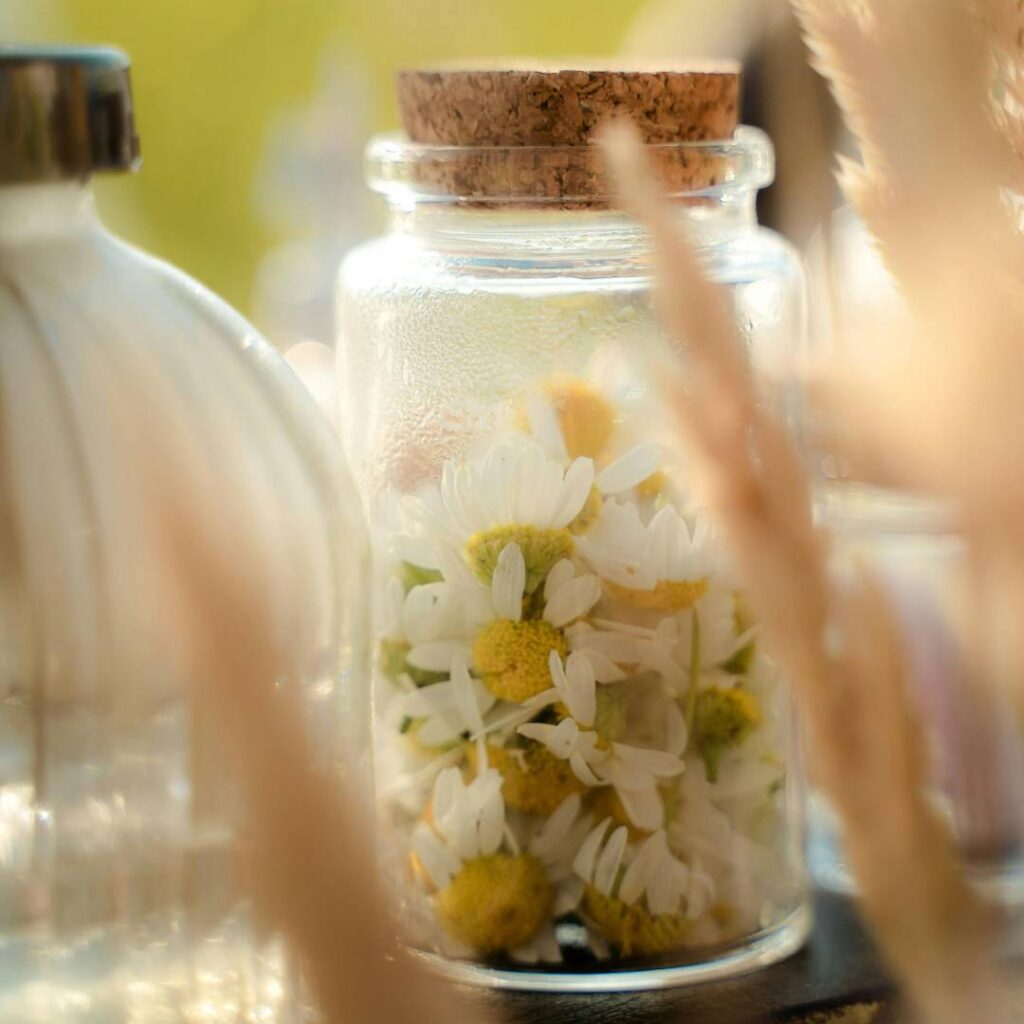
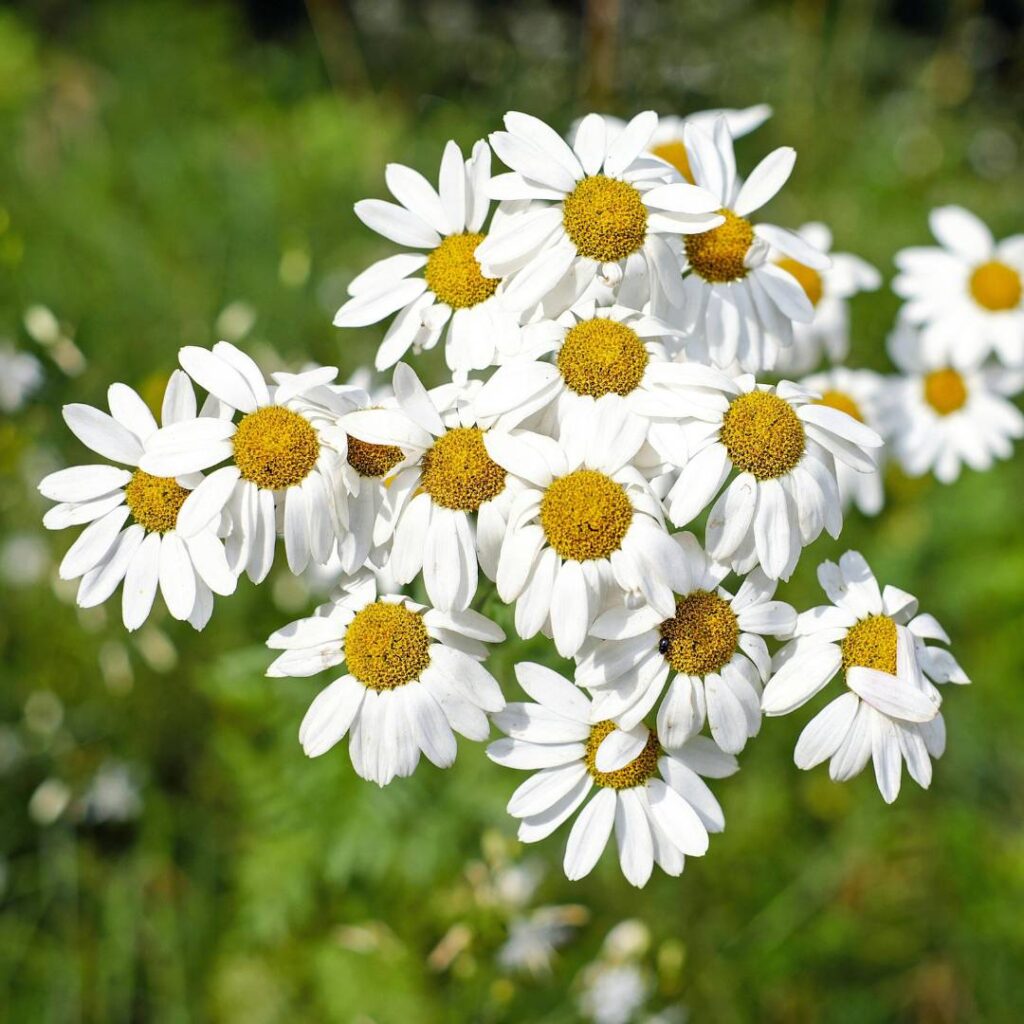
Lemon Balm (Melissa officinalis)
Uses: Eases anxiety, supports digestion, has mild antiviral properties. Delicious in teas.
Growing Tips: Grows easily in partial shade or sun. Spreads readily—consider containers.
Harvesting: Harvest leaves before the plant flowers for best flavor and potency.
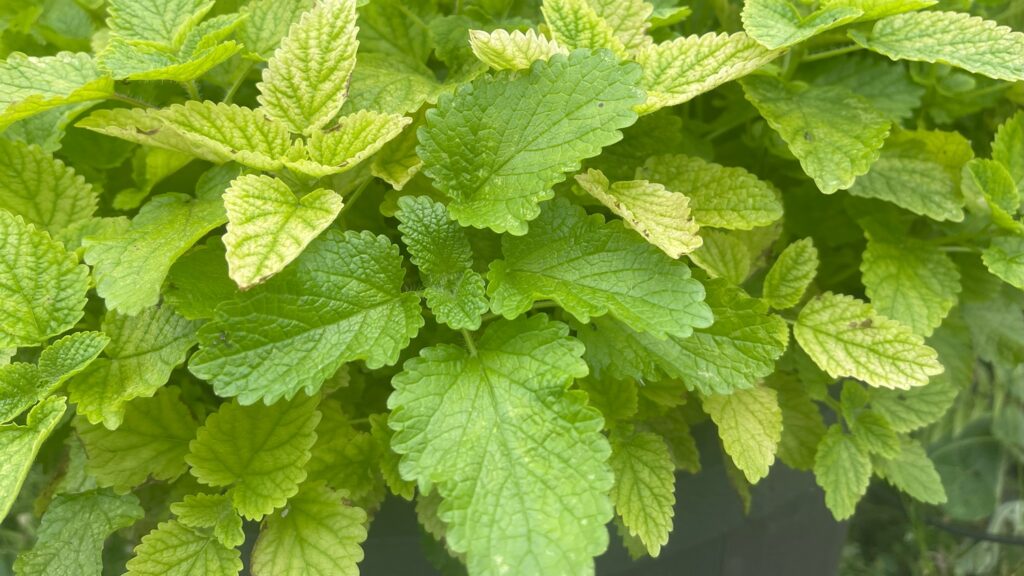
Yarrow (Achillea millefolium)
Uses: Stops bleeding, helps with fevers and colds, anti-inflammatory.
Growing Tips: Likes full sun and dry soil. Tolerates poor soils well.
Harvesting: Harvest flower tops and leaves when in bloom.
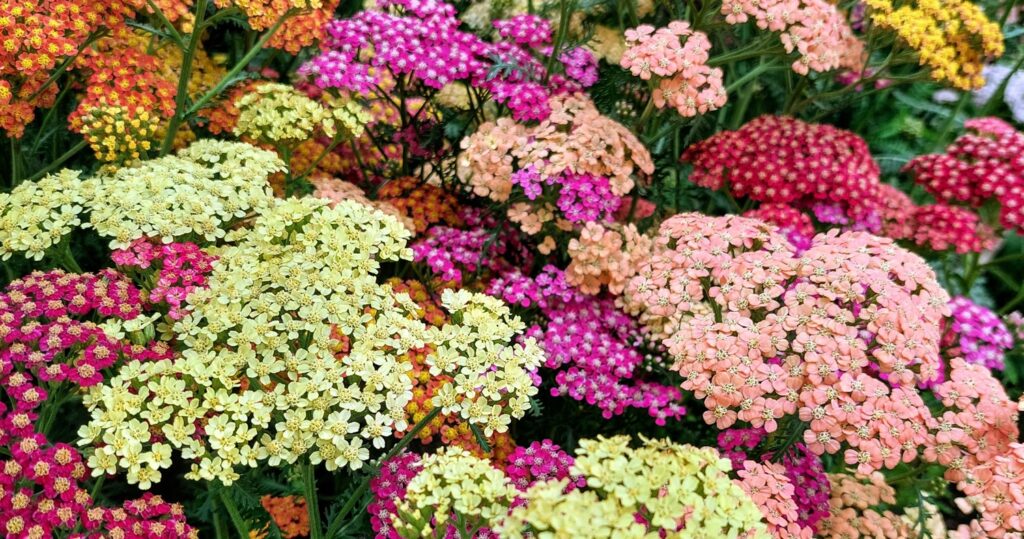
Echinacea (Echinacea purpurea)
Uses: Immune system support, cold prevention, wound healing.
Growing Tips: Needs full sun and well-drained soil. Perennial that blooms in summer.
Harvesting: Use roots and flowers. Let some flowers go to seed for wildlife.

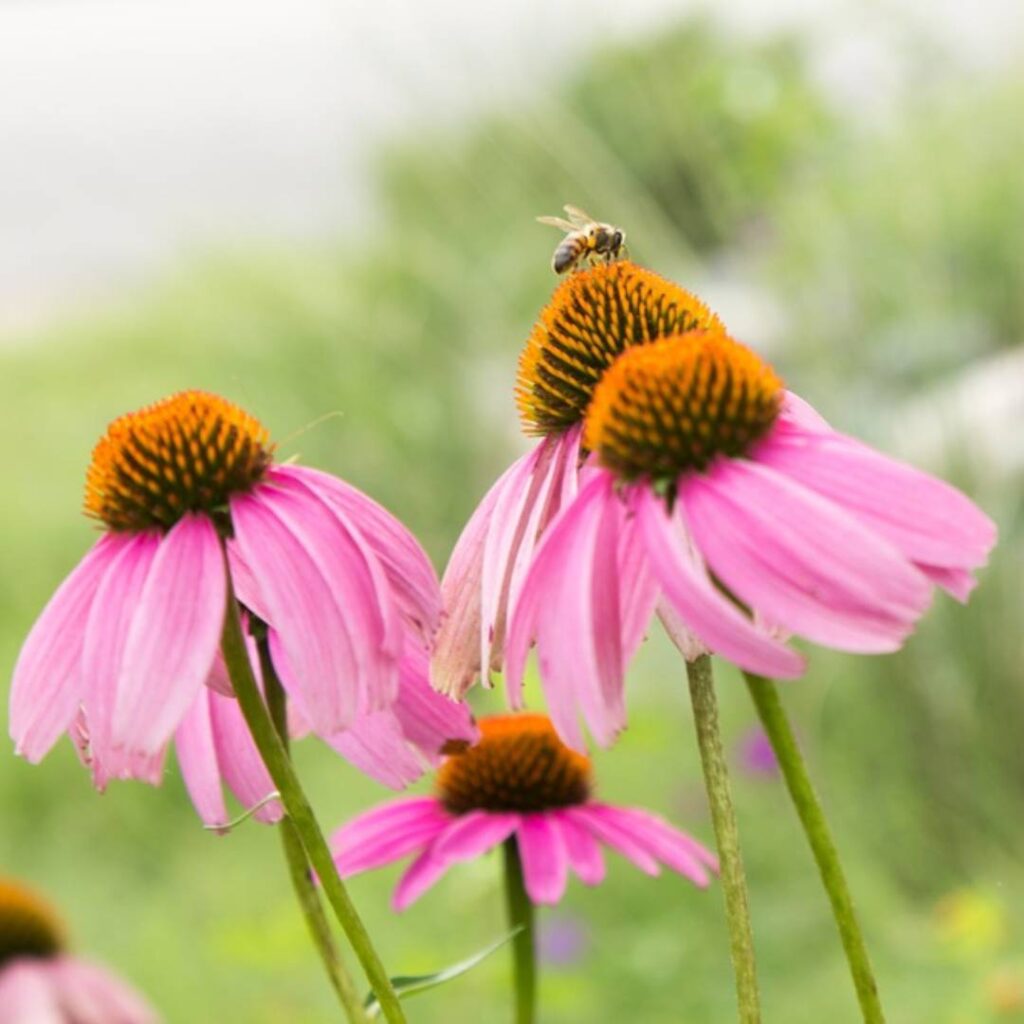
Turmeric (Curcuma longa)
Uses: Anti-inflammatory, antioxidant, digestive aid, immune support.
Growing Tips: Thrives in warm, humid conditions—perfect for many areas of Hawaii. Grows from rhizomes, similar to ginger. Needs moist, fertile soil and part to full sun.
Harvesting: Harvest rhizomes after 8–10 months when leaves yellow and begin to die back. Cure in a dry shady spot for a week before use.
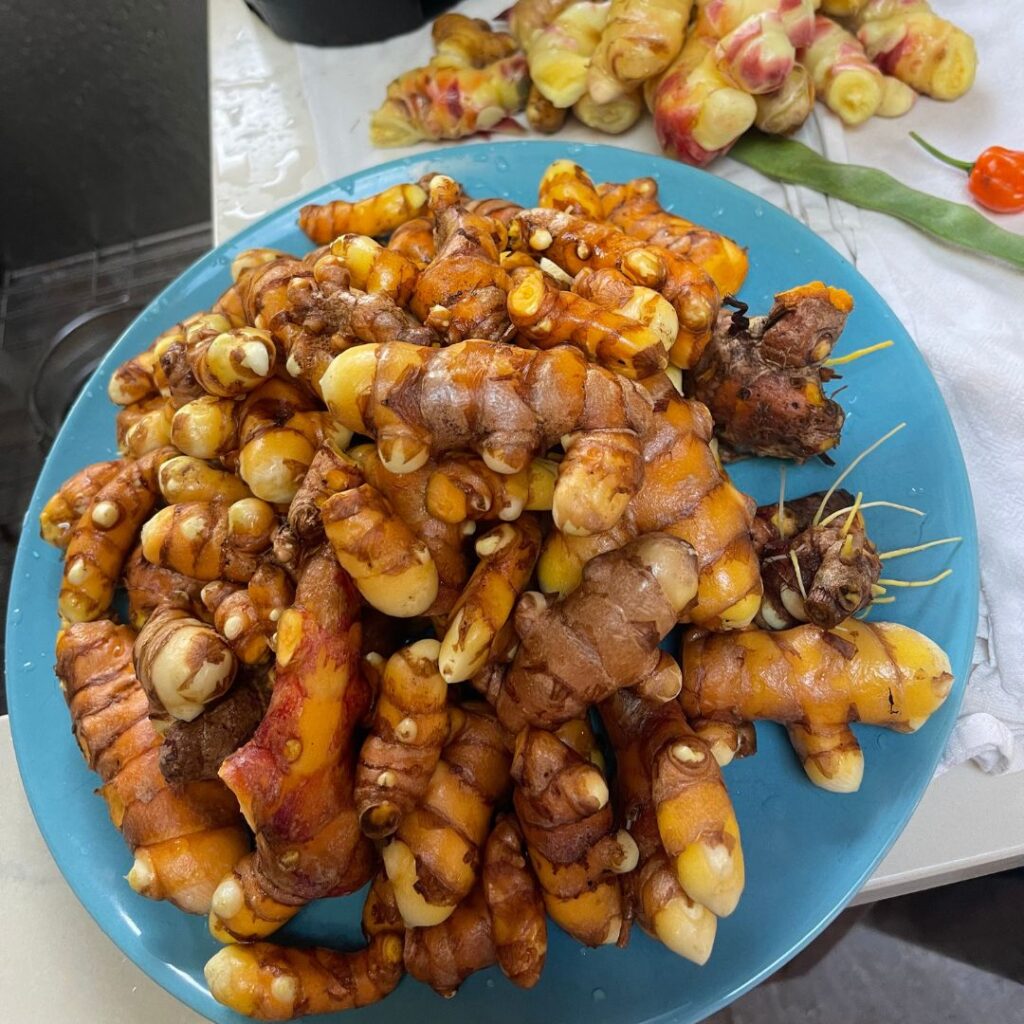
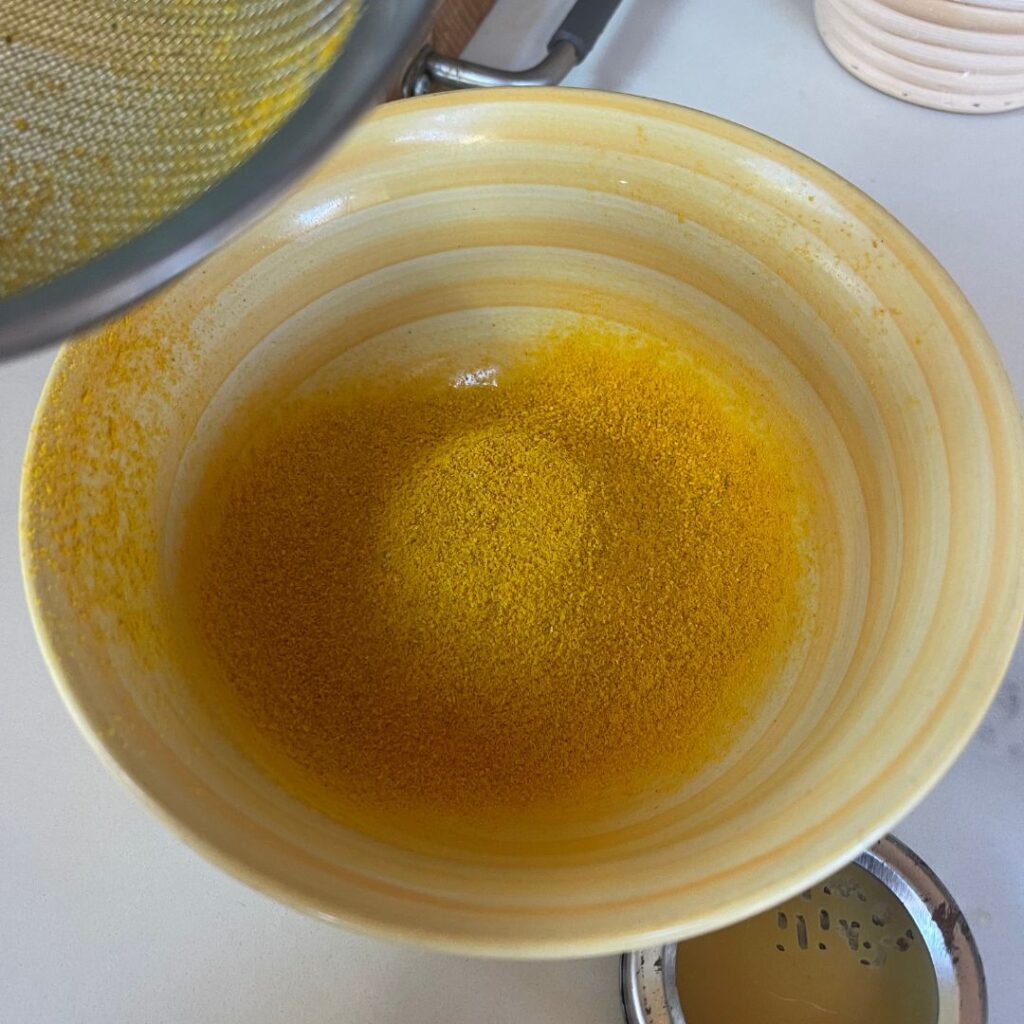
Mamaki (Pipturus albidus)
Uses: Traditional Hawaiian herbal tea used to support circulation, reduce fatigue, and promote urinary tract health. Also mildly calming.
Growing Tips: Native to Hawaii. Likes partial shade and moist, rich soil. Can grow in forested areas or shady gardens.
Harvesting: Pick mature leaves for tea. Dry them in a cool, shady place.

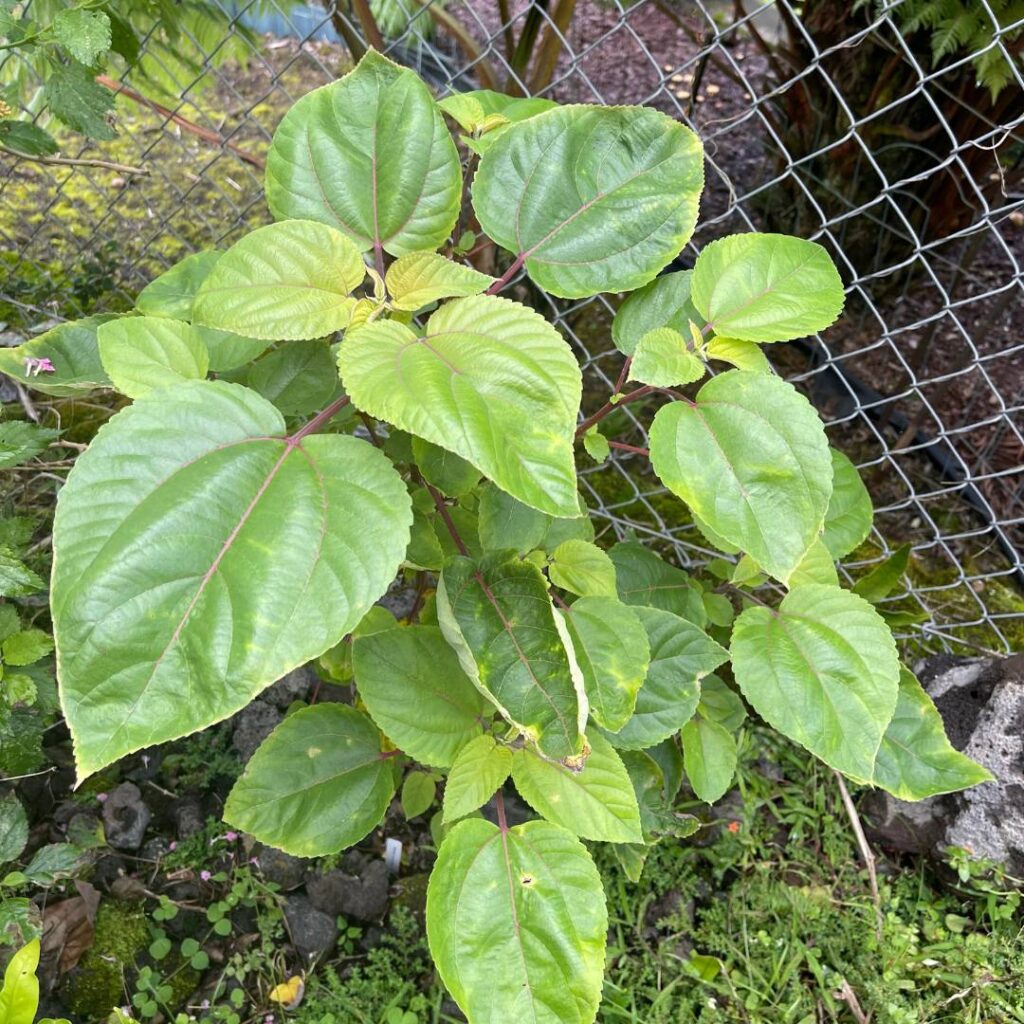
Other Herbs to Consider
While the plants above are some of the easiest and most useful to grow, here are a few others you might want to explore:
St. John’s Wort (Hypericum perforatum) – Used to treat depression, ADHD, and skin healing.
Holy Basil / Tulsi (Ocimum sanctum) – Adaptogen that supports stress resilience.
Ginger (Zingiber officinale) – Digestive and warming properties.
Spearmint (Mentha spicata) – Calming for digestion and great in teas.
Aloe Vera – Excellent for burns, skin care, and mild digestive support.
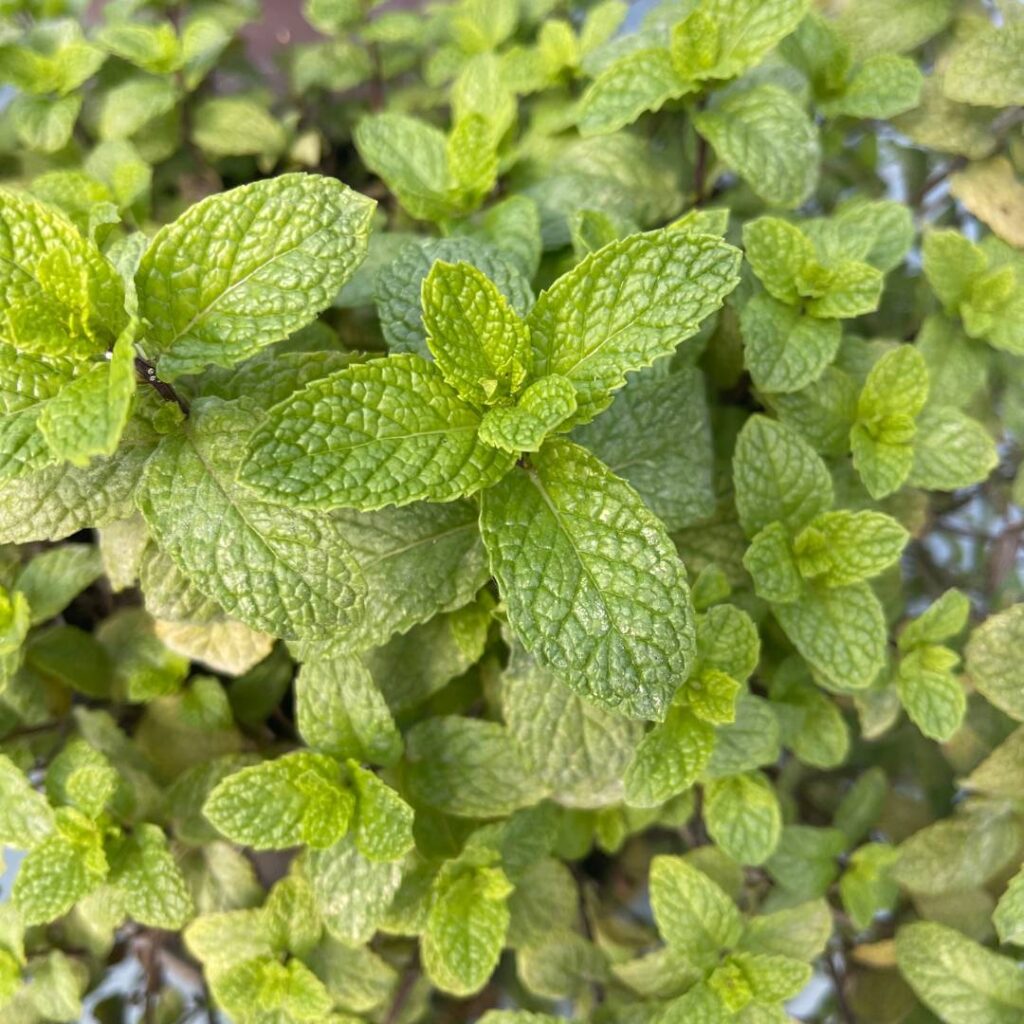
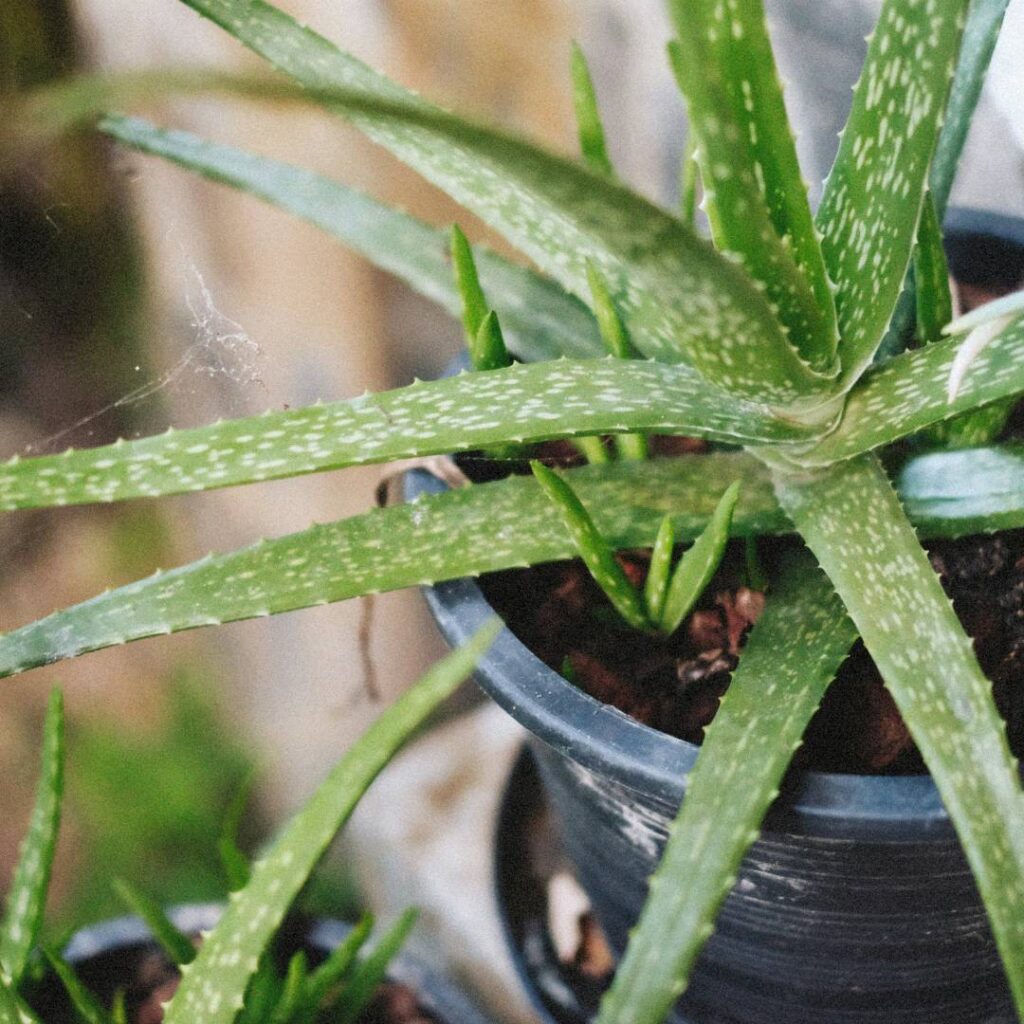
Tips for Growing on the Big Island of Hawaii
Hawaii’s diverse microclimates allow you to grow a huge variety of herbs—but you’ll want to work with your specific conditions. A few examples:
Windward East Side (Hilo, Puna): Wet, humid, tropical. Great for turmeric, mamaki, and lemon balm.
Leeward West Side (Kona, Waikoloa): Hot, sunny, and dry. Raised beds with mulch help herbs thrive.
Upcountry Areas (Volcano, Waimea): Cooler temps. Grow herbs like echinacea and chamomile.
Cloud Forest Zones (Kaloko, parts of Waipiʻo and Volcano): Shaded, misty conditions can support mamaki, turmeric, and even cooler-loving herbs like lemon balm.
Of course, there are many more microclimates, and knowing about your specific growing area will be beneficial. Use microclimates within your own growing area to your advantage—plant heat lovers against rock walls or in sunny beds, and shade lovers under trees or eaves. If you need help figuring out which herbs to grow, Adventures in Botany can help!
Final Thoughts
Growing your own herbal apothecary is more than just planting herbs—it’s a way to build a deeper connection with the land and take care of yourself naturally. Whether you’re sipping fresh mamaki tea, applying homemade calendula salve, or harvesting turmeric, these plants bring daily healing and beauty into your life.
Start small, choose a few favorites, and expand as you learn. Each herb you grow becomes part of your personal wellness plan.
Want more gardening inspiration? Join the Adventures in Botany Community and connect with fellow plant lovers! Follow us on, Instagram, TikTok, and YouTube for more gardening tips, DIY projects, and nature-inspired content.
